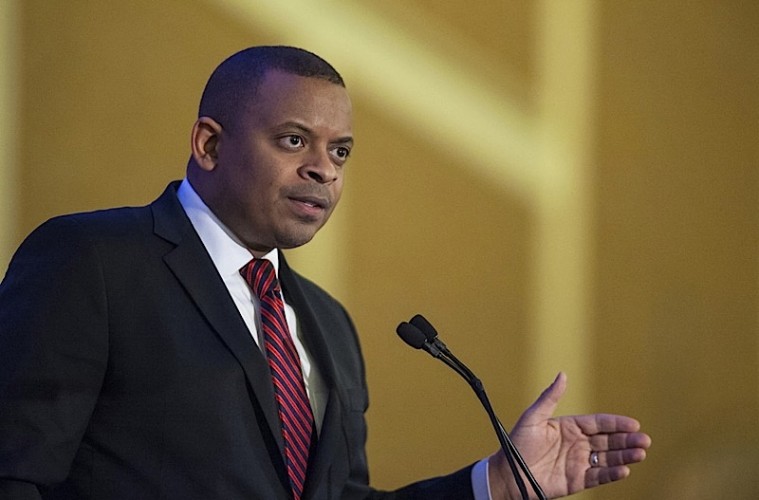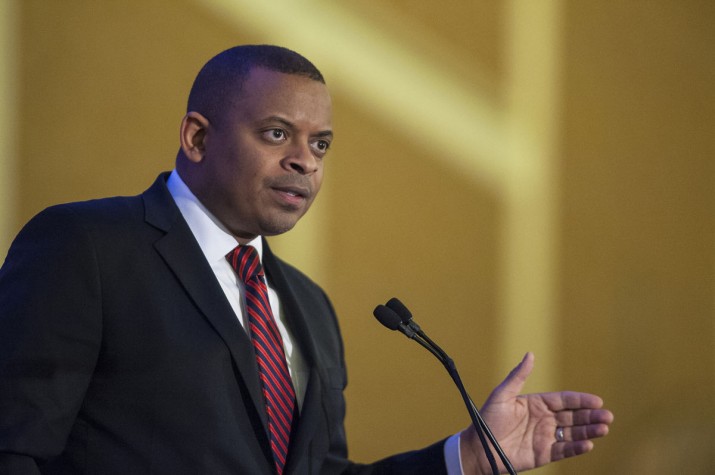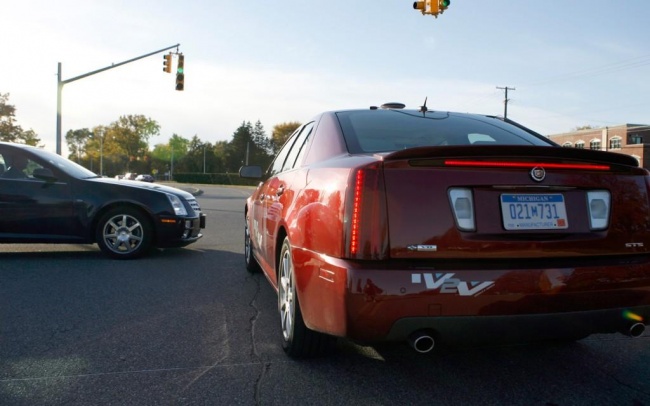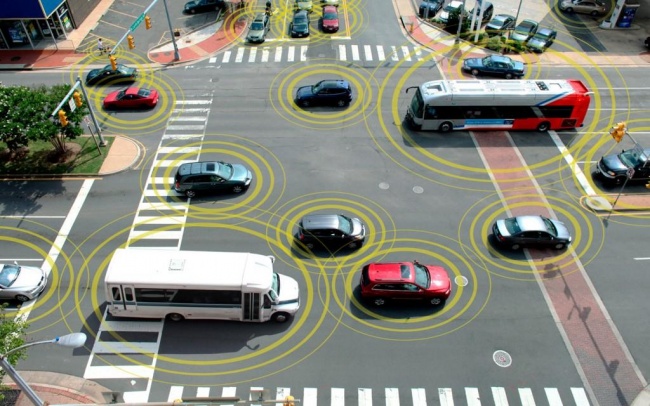There is a war waging in Washington right now amongst two different types of lobbyists. Lobbyists for the automotive industry are pushing to keep their wireless spectrum reserved for them to build potentially life saving vehicle-to-vehicle (V2V) technology. Opponents say that this technology will never be developed and implemented properly, and that the spectrum should be turned over to telecommunications companies that can make better use of the tech. Both sides have spent over $200million in this fight, and there are no signs of it ending anytime soon.
According to Bloomberg, General Motors is the primary company pushing to keep the spectrum reserved. What this means is that V2V communications could take place over frequencies where there is no interference or bandwidth congestion issues. Latency in an online game means potentially losing a battle, but latency in a V2V communication could result in a life-threatening vehicular accident. Comcast, who is spearheading the opposition, believes that the bandwidth that would be made available could ease wireless network congestion, allow companies to offer more services, and to offer higher-speeds.
Currently, the National Transportation Safety Board (NTSB) is pushing the government to make V2V communications mandatory in new vehicles. V2V is often viewed as the ultimate step in providing safer driving. If vehicles can communicate with each other, they can tell each other how fast they are going, in what direction they are going, and other information. If a car is following a large truck and cannot see the car in front of the truck braking, the V2V system would. This information could be transmitted visually or audibly to the driver, or the car could take control of braking for the driver. Lane changes would be safer, because the car would know there is a car next to it. Unlike the blind-spot monitoring currently available, V2V would be more reliable and be able to correct for a driver’s mistake.
Automakers are working together on the project as well. Even though many are developing their own systems, such as Ford’s “Electronic Brake Light” and BMW’s “Cross Traffic Assistant,” all the makers are working towards a common goal with common communication standards. We spoke with Dr. Farid Ahmed-Zaid of Ford’s Global Driver Assistance Active Safety Department at CES, and he assured us that no Ford system would work without being compatible with systems from other automakers. When safety is at stake, the automakers are willing to work together towards a common goal. All of the big automakers are working on systems that are being tested in Ann Arbor, Michigan, as part of an overall development strategy.
US Transportation Secretary Anthony Foxx has stated publicly that he will have rules in place for talking cars before President Obama leaves office. If the automakers cannot prove that they need the spectrum within that amount of time, it is possible that they will lose it to the opposition and make them find other ways to allow vehicles to talk to each other.




